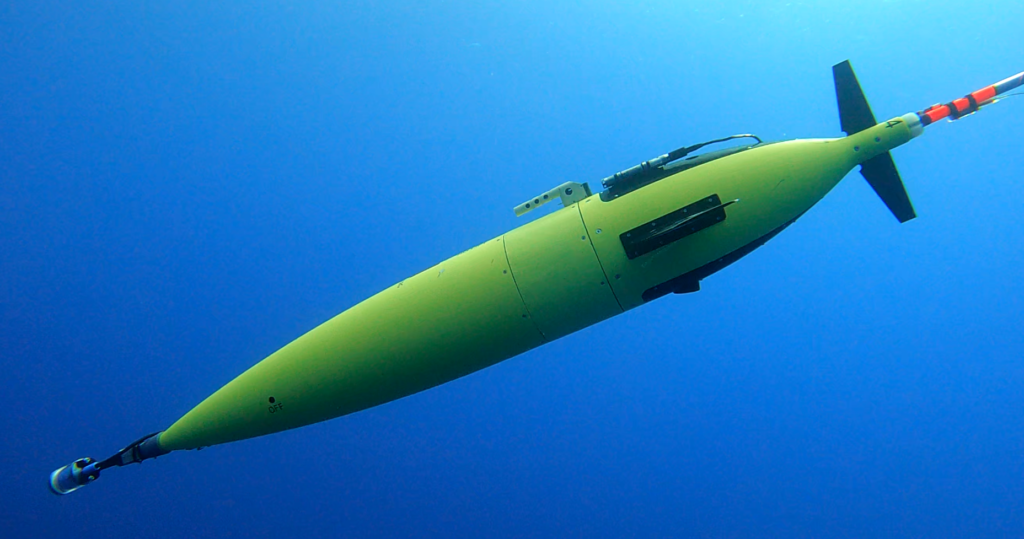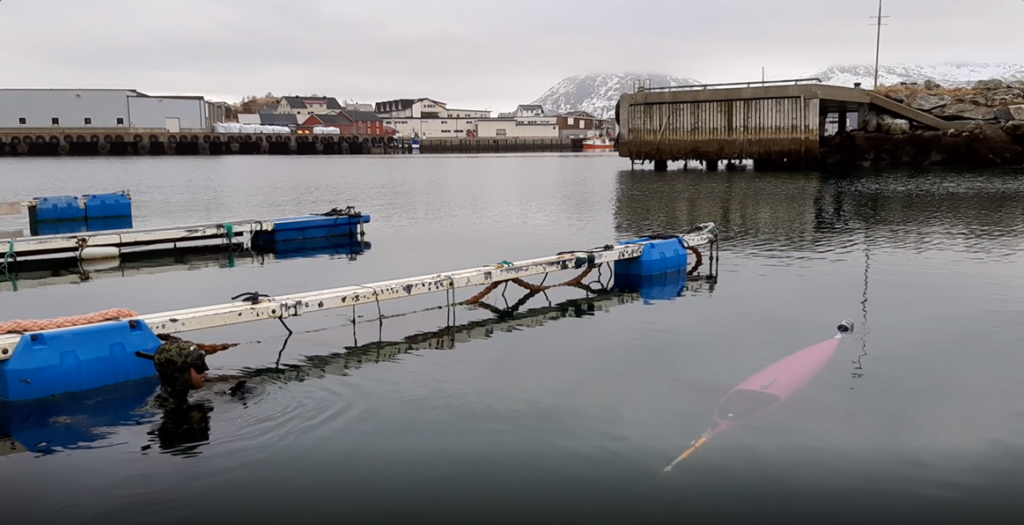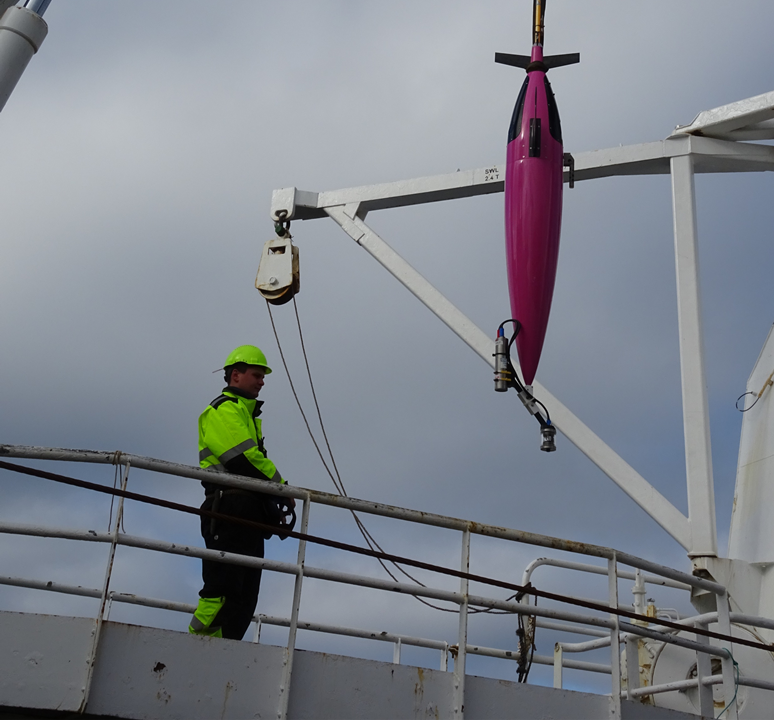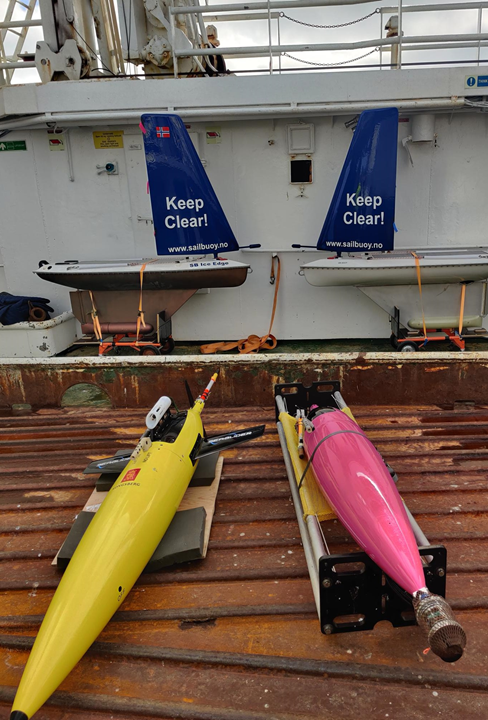
The BIOGLIDER: Autonomous Exploration and Monitoring of Marine Ecosystems Project aimed to develop and test an innovative marine ecology sensing system onboard AUV gliders. The project was a collaboration between research and industry partners in Cyprus, France, Norway, and Poland. The 3-year long project started on 1 January 2021 and ended on 31 December 2023. It received €1.2 million in funding from MarTERA — an ERA-NET Cofund scheme of Horizon 2020 of the European Commission. The overall goal of the ERA-NET Cofund MarTERA was to strengthen the European Research Area (ERA) in maritime and marine technologies as well as Blue Growth.

In addition to building imaging and acoustic payloads for gliders, the BIOGLIDER consortium developed acoustic data transmission to recover data from remote platforms. This project also involved significant testing and demonstration missions in the Norwegian Arctic.
These innovative solutions developed in the project are relevant for a number of reasons including:
- Operational monitoring by marine and maritime industries
- Good environmental status (MSFD-GES)
- Marine ecosystem research and monitoring
Project Details
Underwater gliders equipped with novel optical and acoustic imaging sensors can collect and deliver ecosystem data, particularly in extreme environments like the Arctic Ocean. Most of the technological building blocks are available, such as gliders, extremely low power sensors, and artificial intelligence (AI) algorithms for control and analyses that were integrated and operated in coordination with other observing platforms.
Autonomous underwater vehicles (AUV) such as ocean gliders are especially well suited for long term monitoring in demanding marine environments. They use variable-buoyancy propulsion and hydrofoils allowing the vehicle to glide forward while descending or ascending through the water. Along with innovative sensors and AI, these potential glider developments open new perspectives for comprehensive observations in coastal and deep seas.
More specifically, BIOGLIDER addressed this scientific and technological challenge with an innovative and unique ‘bioglider’ integrated solution. Three smart devices – a vision profiler, a scientific echosounder, and an acoustic modem – were integrated onto commercially available gliders to provide a smart service for zooplankton and fish ecology applications. The results of this project met the needs of a wide range of customers, from research to the energy and fishery sectors.
Cyprus Subsea’s Contributions
With the participation of and funding from ConocoPhillips, Akvaplan-niva subcontracted Cyprus Subsea to perform the integration of the Kongsberg Maritime Simrad EK80 echosounder and sea test the Hydroptics UVP6-LP optical sensor with an M1 Seaglider. In the past, ConocoPhillips funded research activities using Seagliders and surface vehicles to collect high resolution data to characterize the marine ecosystems in near real time through the GLIDER Project.

Simrad EK80 is a high-precision scientific echo sounder and ADCP system designed to quantify and monitor underwater ecosystems. The Simrad EK80 is a modular system capable of operating several different transceiver and transducer combinations, all through the same operator station.
The Underwater Vision Profiler or UVP is designed to study large (>100 µm) particles and zooplankton simultaneously and to quantify them in a known volume of water. The UVP system makes use of computerised optical technology with custom lighting to acquire digital images of zooplankton in situ down to depths of 6000m.
Polar Front Sea Test
Cyprus Subsea fully integrated and tested the UVP6 onto the M1 Seaglider. The sea test took place at the Polar Front during the Spring Bloom. Cyprus Subsea supported Akvaplan-niva during a research cruise to the Northern Barents Sea. This research cruise was led by the Nansen Legacy programme at the University of Tromsø (UiT) Arctic University of Norway. The University of Cyprus (UCY) Oceanography Center also contributed to this campaign with an underwater glider.
The M1 Seaglider with the integrated Hydroptics UVP6-LP was operated in cooperation with its owner, the University of Cyprus. Cyprus Subsea also deployed and operated another Seaglider for Akvaplan-niva. The sensors integrated onto the Seagliders collect oceanographic data and passive acoustic data.



Project Partners
Our BIOGLIDER project partners included:
- ENSTA Paris (ENSTA), France
- Sorbonne Université (SU), France
- Hydroptic (HYDROPTIC), France
- Institute of Oceanology Polish Academy of Sciences (IOPAN), Poland
- Officina Baltica Spin-off Uniwersytetu Gdanskiego sp. z o.o. (OB), Poland
- Institute of Marine Research (IMR), Norway
- Akvaplan.niva (APN), Norway
- Kongsberg Maritime AS (KM), Norway
